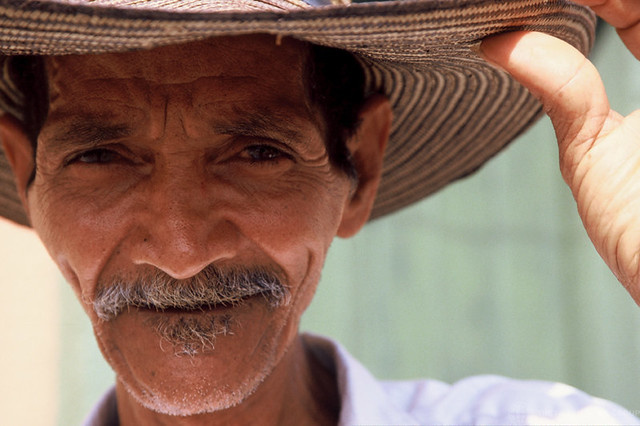Jamaica has been burdened by a high level of debt for decades. Since 2013, the Government has successfully implemented fiscal consolidation measures, reducing the public debt-to-GDP ratio by more than 60 percentage points to 74.2 percent of GDP in the 2023-24 financial year — the lowest level in 25 years.
Prudent macroeconomic management, anchored in debt reduction and inflation-targeting monetary policy, enabled the country to weather successive economic shocks. The government sustained efforts in fiscal consolidation while providing temporary assistance to vulnerable households and businesses.
However, Jamaica has been among the slowest growing economies in the Latin America and Caribbean region with persistently low productivity growth due to a weak business environment, limited innovation, and human capital constraints.
The economy has limited diversification, with a concentration on low-productivity services, geared towards tourism. High connectivity costs, inadequate digital infrastructure, and pervasive crime hamper private investment, while ongoing fiscal consolidation and relatively high debt service costs constrain public capital investment. Learning disruptions caused by the pandemic could lead to corrosive effects on growth, human capital, and the future earnings potential of students if not addressed adequately.
Jamaica is also highly vulnerable to external shocks. Agriculture and tourism, which account for more than half of the jobs, are particularly vulnerable to climate-related events.
The Jamaican economy expanded at a solid 2.6 percent in 2023, driven by mining and a continued rebound in tourism. However, agricultural output declined in 2023 due to an extended drought. Hurricane Beryl, which hit Jamaica in July 2024, induced damages estimated at around $67 million and negatively impacted agriculture, utilities, construction, and tourism sectors. While inflation eased in 2024, it spiked in August 2024 to 6.4 percent yoy, driven by Hurricane Beryl’s temporary impact on food and utility prices. Food insecurity remains an issue, with around one-third of respondents to the Caribbean Food Security and Livelihoods Survey reporting that they went an entire day, out of the last 30 days, without eating in April 2024.
The share of Jamaicans living below the upper-middle income international poverty line of 6.85 USD per day is estimated to have dropped from 13.9 percent in 2021 to 12.3 percent in 2023. This likely reflects continued employment growth, as poverty and unemployment have moved in tandem throughout the last two decades. The unemployment rate stood at 5.4 percent in the first quarter of 2024. Yet job quality remains a concern: around half of non-agricultural jobs are informal.
Last Updated: Nov 19, 2024


